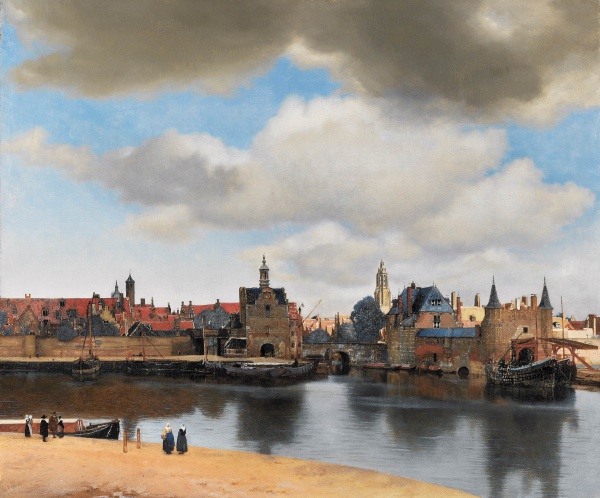Facts About View of Delft
"View of Delft" is a captivating oil painting by Johannes Vermeer, created around 1660–1661. This masterpiece provides a glimpse into Vermeer’s hometown in the Netherlands and is celebrated as one of his most renowned works. Unique for its time, it is one of just three cityscapes Vermeer painted, the others being "The Little Street" and the lost "House Standing in Delft."
Since 1822, this painting has been proudly displayed at the Mauritshuis in The Hague. Vermeer captured Delft from an elevated viewpoint southeast of the city, highlighting prominent landmarks such as the Schiedam Gate and the New Church. The New Church is particularly notable as it houses the tomb of William the Silent and other members of the House of Orange-Nassau. By examining the painting’s meticulous technique and noting the absence of bells in the church tower, experts have dated the artwork to 1660–1661.
The scene is bathed in the soft light of morning, emphasizing the intricate details of structures like the Parrot brewery tower and the Old Church. Vermeer’s precise technique and limited palette of pigments showcase his extraordinary artistic skill. It is believed he may have used optical devices, such as a camera obscura, to achieve such remarkable accuracy.
The painting has a fascinating history, having passed through various collections before ending up in the Dutch Royal Cabinet of Paintings. Its legacy extends beyond the art world; it is prominently featured in Marcel Proust's novel "In Search of Lost Time" where the protagonist admires Vermeer’s work deeply. In 2011, the Royal Dutch Mint even featured the painting on commemorative coins, cementing its status as a cultural icon.

 Germany
Germany